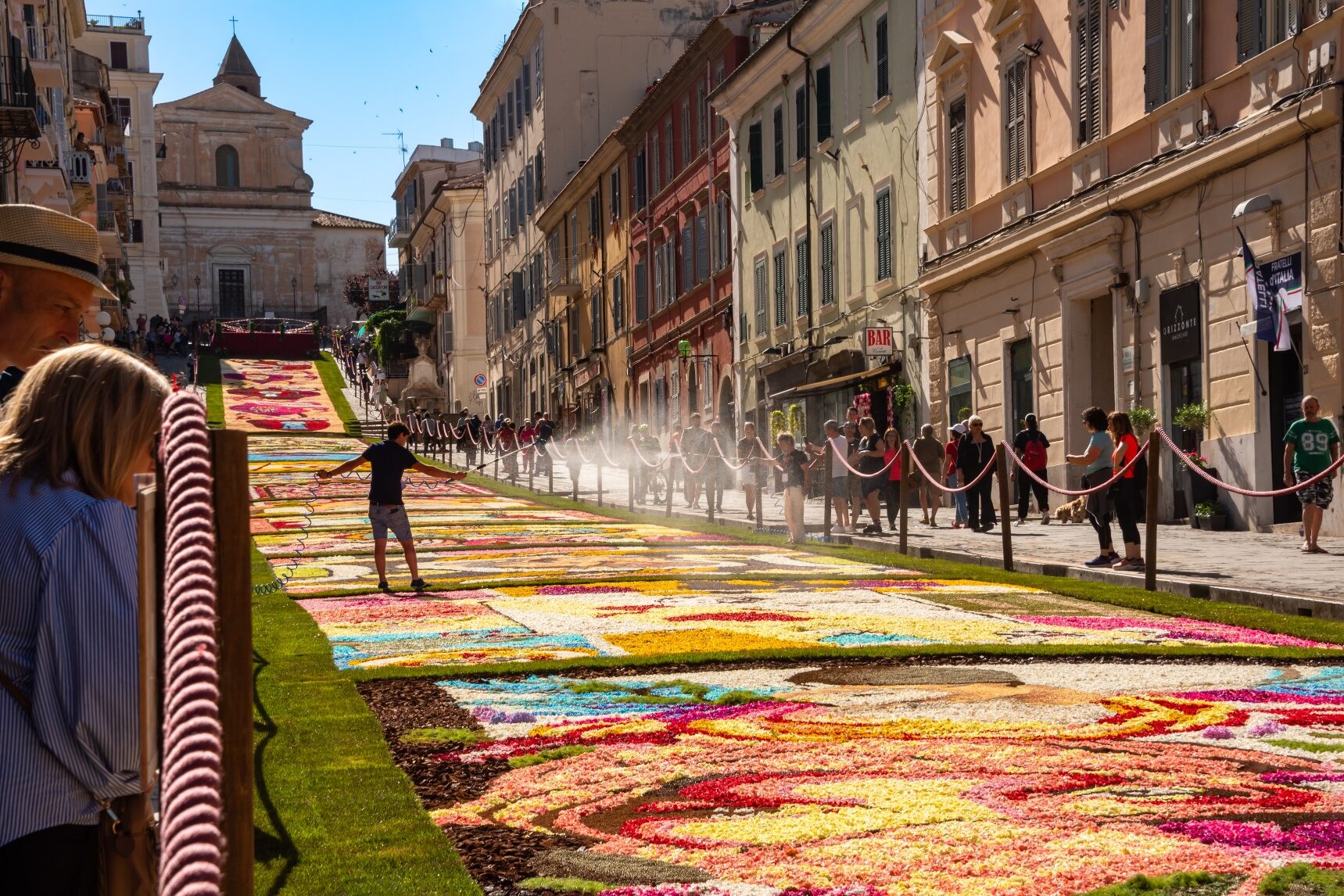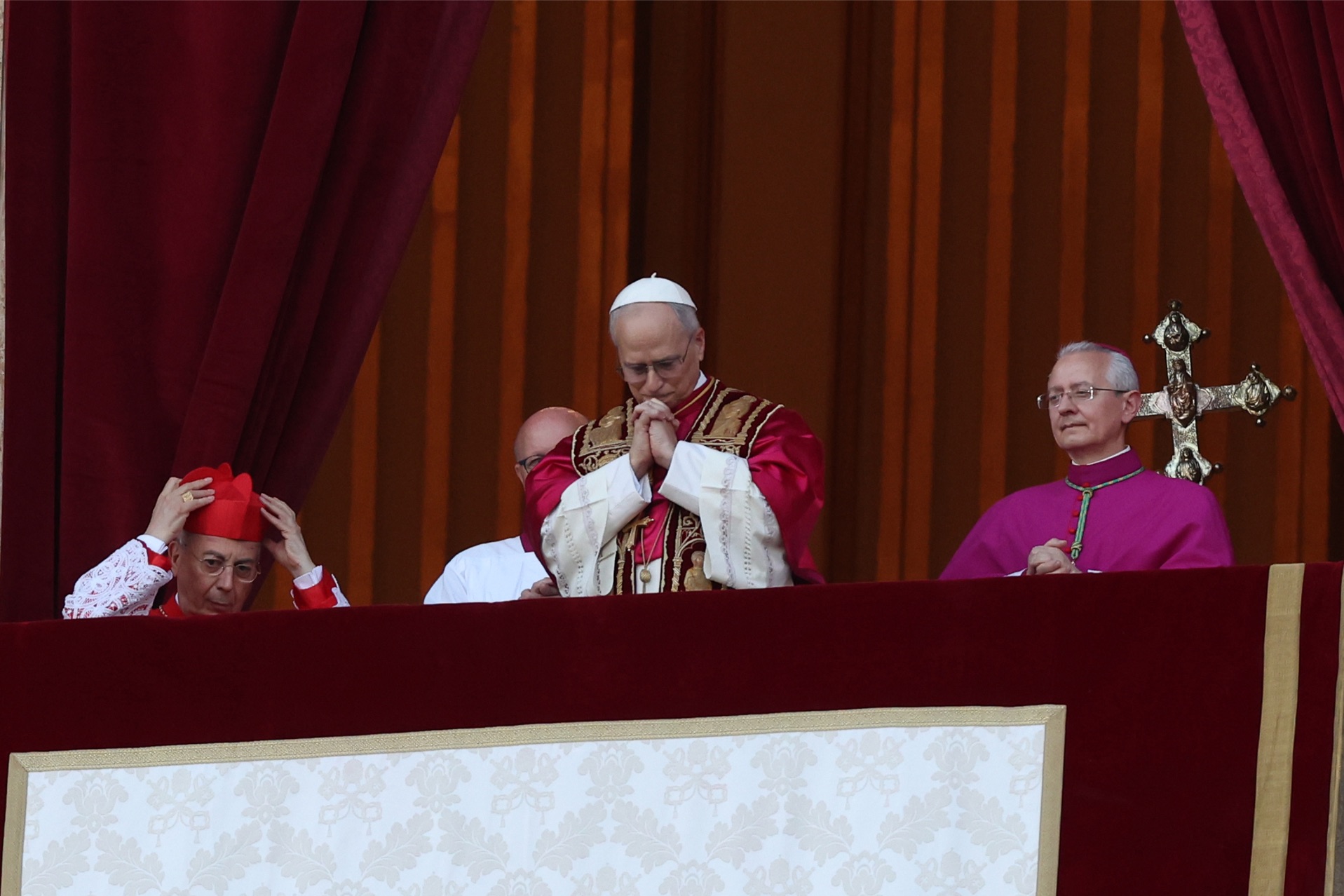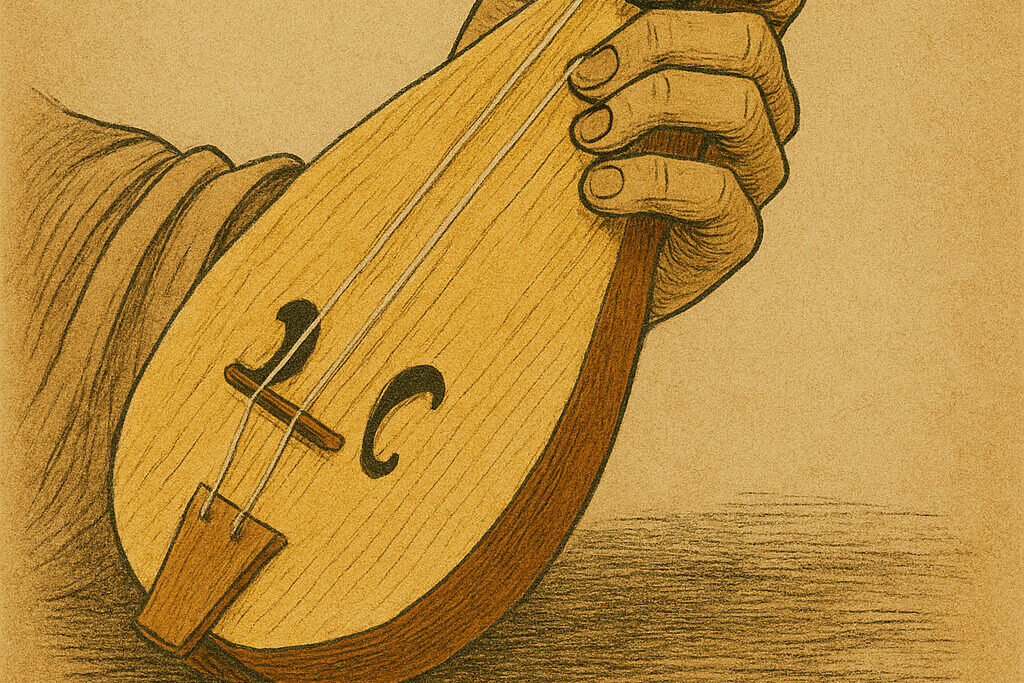It was April 7, 1926. On this particular day, Benito Mussolini had given a speech to the International Congress of Surgeons in Rome extolling the wonders of modern medicine. When the speech was finished, he mingled in the crowd of well wishers doing what politicians do.
Also mingling in the crowd was a small frail woman dressed in black whom no one seemed to notice. She concentrated on Mussolini’s movements as he made his way through the crowd, shaking hands and patting backs with his usual joviality.
This woman was not there to admire Il Duce. She was stalking him, watching his every move as she fingered a loaded revolver hidden under her shawl.
Her name was Violet Gibson and she was the daughter of Baron Ashbourne, who held the title in the United Kingdom as Lord Chancellor of Ireland. What Violet was about to do, may or may not have been part of a thought-out plan. As far as anyone could determine, Violet herself might not have understood why she intended to kill the Italian dictator.
The drama which was about to unfold on that day may have had its inception several years prior in Violet’s native country of Ireland. For many years, Violet struggled with mental illness, living a bipolar existence.
At age 46, her emotional state had plummeted to a severe low which left her defenseless, and it was at this time in her life that she learned of the death of her brother Victor who was her favorite sibling. It was more than she could bear. In the weeks that followed, she sank into a state of depression and suffered a complete nervous breakdown. She was pronounced insane and was committed to a mental institution.
Two years later, Violet was released and sent to Rome by her family, accompanied by a nurse to look after her. They took up residence in a convent in a working class neighborhood. While living in the convent, she became obsessed with the idea that killing was the sacrifice that God was asking of her. Somehow she was able to get possession of a gun.
But on this fateful day, after having given his speech, Mussolini appeared as if on schedule. As he walked through the Palazzo del Littorio, he took pleasure in the praise of his supporters as they shouted, “Viva Il Duce!”
Then he stopped about a foot from where Violet Gibson was standing. She took careful aim. Just as the gun was fired, Mussolini turned slightly, leaning his head back to wave at the crowd and at this precise moment, in a fraction of an instant, the bullet grazed his nose. There was blood pouring down Mussolini’s face, and he staggered backwards but managed to stay on his feet. Mussolini maintained his composure and consoled the crowd saying, “Don’t be afraid. This is a mere trifle.”
But Violet wasn’t finished. Again she took aim, almost touching Mussolini with the gun’s muzzle. This time she pulled the trigger to shoot point blank at the dictator’s skull, but there was only the sound of a click and then another and before she could pull the trigger again, the crowd was upon her.
Violet Gibson was beaten by the crowd, and would probably have been killed if not for the intervention of the police who took control of the situation and brought her in for questioning.
During the interrogation, she admitted that she shot Mussolini, saying that she did it to glorify God. She said God’s message to her was clear, and that He had sent an angel to keep her arm steady as she took aim.
The authorities studying the case theorized that Gibson, an Anglo-Irish aristocrat, was insane at the time of the attack; the idea of assassinating Mussolini was hers and that she worked alone. At the request of Mussolini, Violet Gibson was released without charge and deported to Britain. She spent the rest of her life in a mental asylum, St. Andrew’s Hospital in Northampton, England.
In all, there were three attempts on Mussolini’s life that year. Violet was the first to try. The second attempt, September 11, 1926, came from Gino Lucetti, whose bomb failed to explode. Lucetti was apprehended and given a stiff prison sentence.
The third attempt came on October 31, 1926, from a fifteen-year-old named Anteo Zamboni who took a shot at Mussolini during a parade celebrating the March on Rome. By this time, the Fascists were getting a little tired of all these attempts on the life of their leader. Consequently, they grabbed the adolescent and executed him by an immediate hanging.
Of the three would-be assassins, Violet Gibson was the one who came closest to accomplishing her mission. Though she did not kill Mussolini, technically she could be credited with shooting him since the bullet had indeed broken the skin and drawn blood, however slight.




























